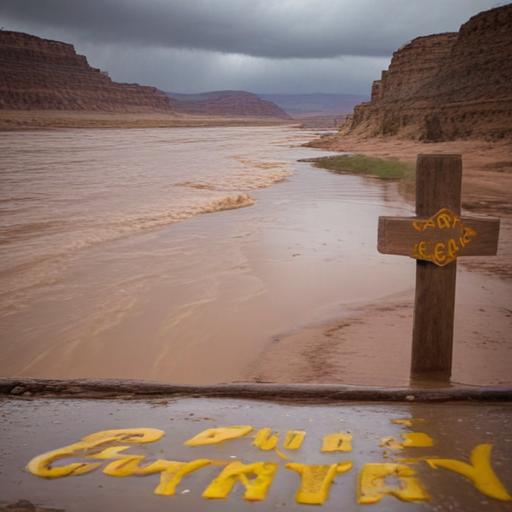Federal officials have decided against flooding the Grand Canyon in the spring of 2025, a move that has raised concerns among advocates for the Colorado River and environmental preservation. The decision comes amid ongoing work at the Glen Canyon Dam and efforts to manage the river downstream.
Supporters of the canyon’s restoration argue that the absence of floodwaters will hinder initiatives aimed at restoring beaches and maintaining ecological balance in the area below the dam. Some advocates are questioning whether this decision aligns with the intentions of the Grand Canyon Protection Act, which mandates the safeguarding of both ecological and recreational values of the canyon.
Highlighting the frustration among river advocates, Ben Reeder, a Utah-based river guide associated with the Grand Canyon River Guides, stated, “We are failing” in our efforts to enhance the canyon’s environment. Concerns have been compounded by the federal government’s repeated decisions to forgo releasing floodwaters, despite favorable conditions for restoration.
Federal officials, including the Reclamation Bureau, have cited construction work by a National Park Service contractor aimed at disrupting the spawning of non-native fish, as well as the need to relining bypass tubes at the dam, as primary reasons for their decision. The financial implications of flooding are also a factor; it is estimated that a flood can result in losses of $1 million to $2 million in hydroelectric production. Last year, similar measures resulted in a loss of $19 million in power production, affecting the funding available for dam maintenance and environmental programs.
This situation emphasizes the delicate balance between energy production and environmental stewardship, as stakeholders navigate the complexities involved in managing the Colorado River ecosystem. Advocates remain hopeful that future decisions will prioritize the ecological integrity of the Grand Canyon while considering the necessary operational demands of Glen Canyon Dam.
